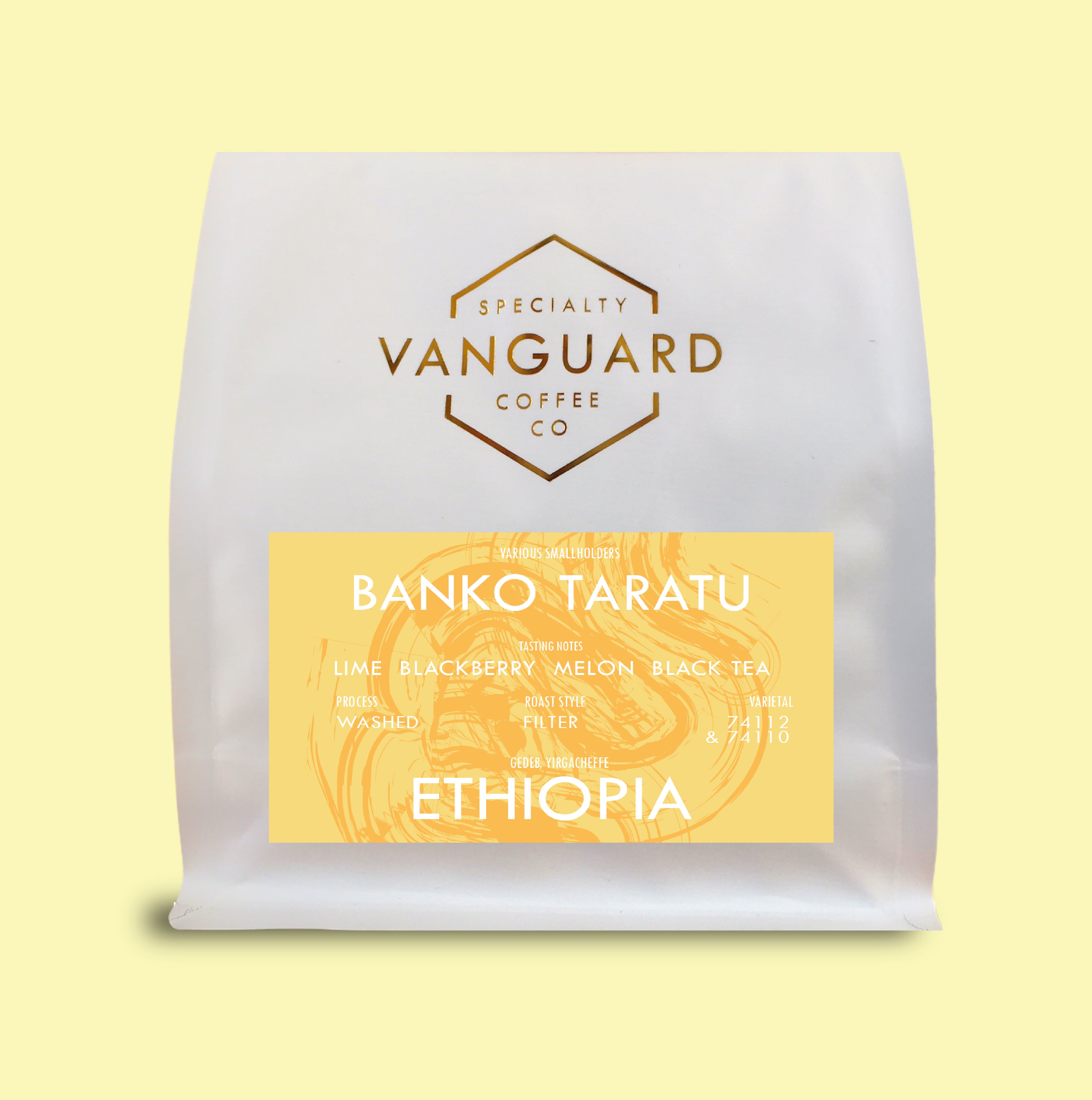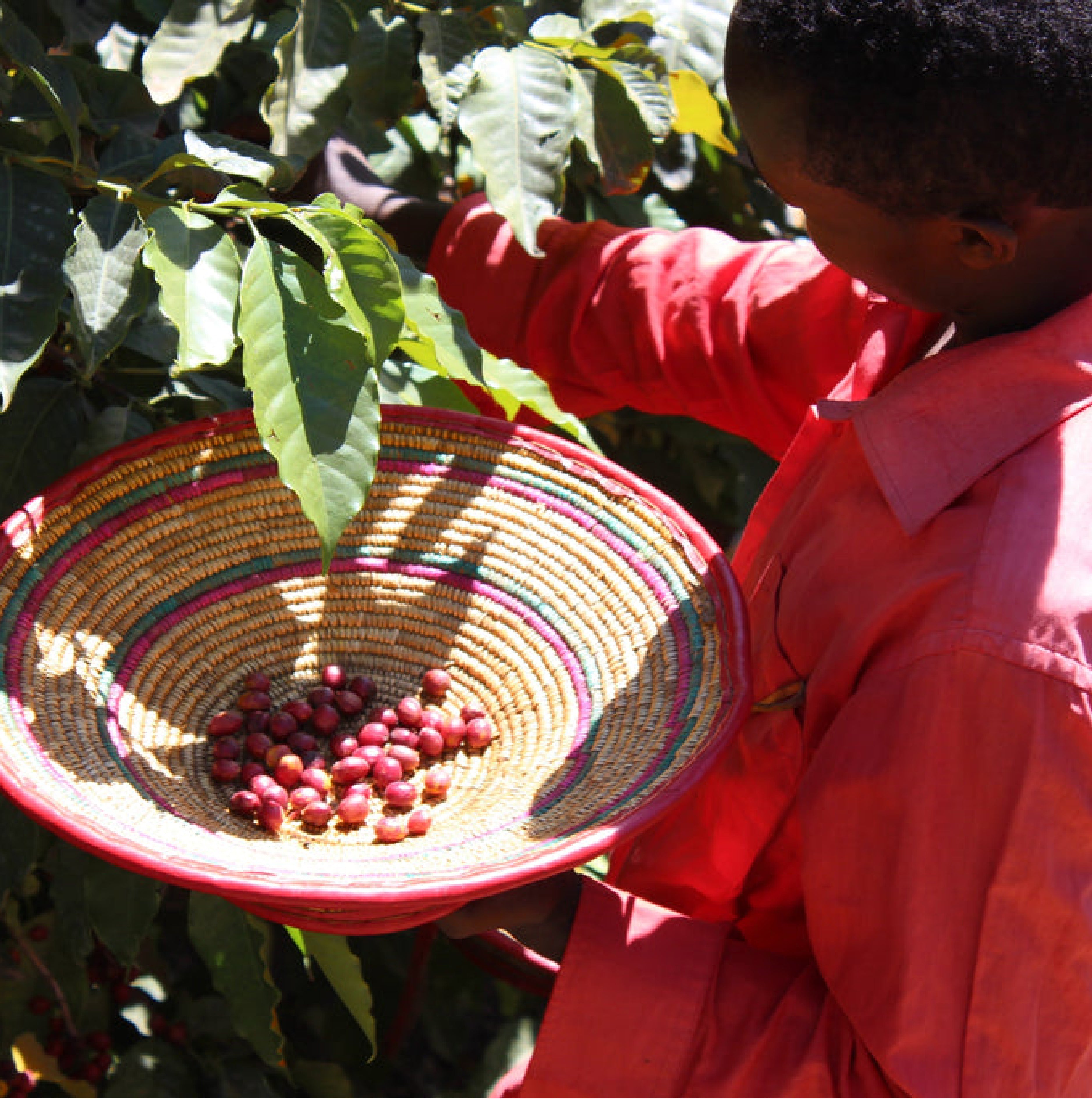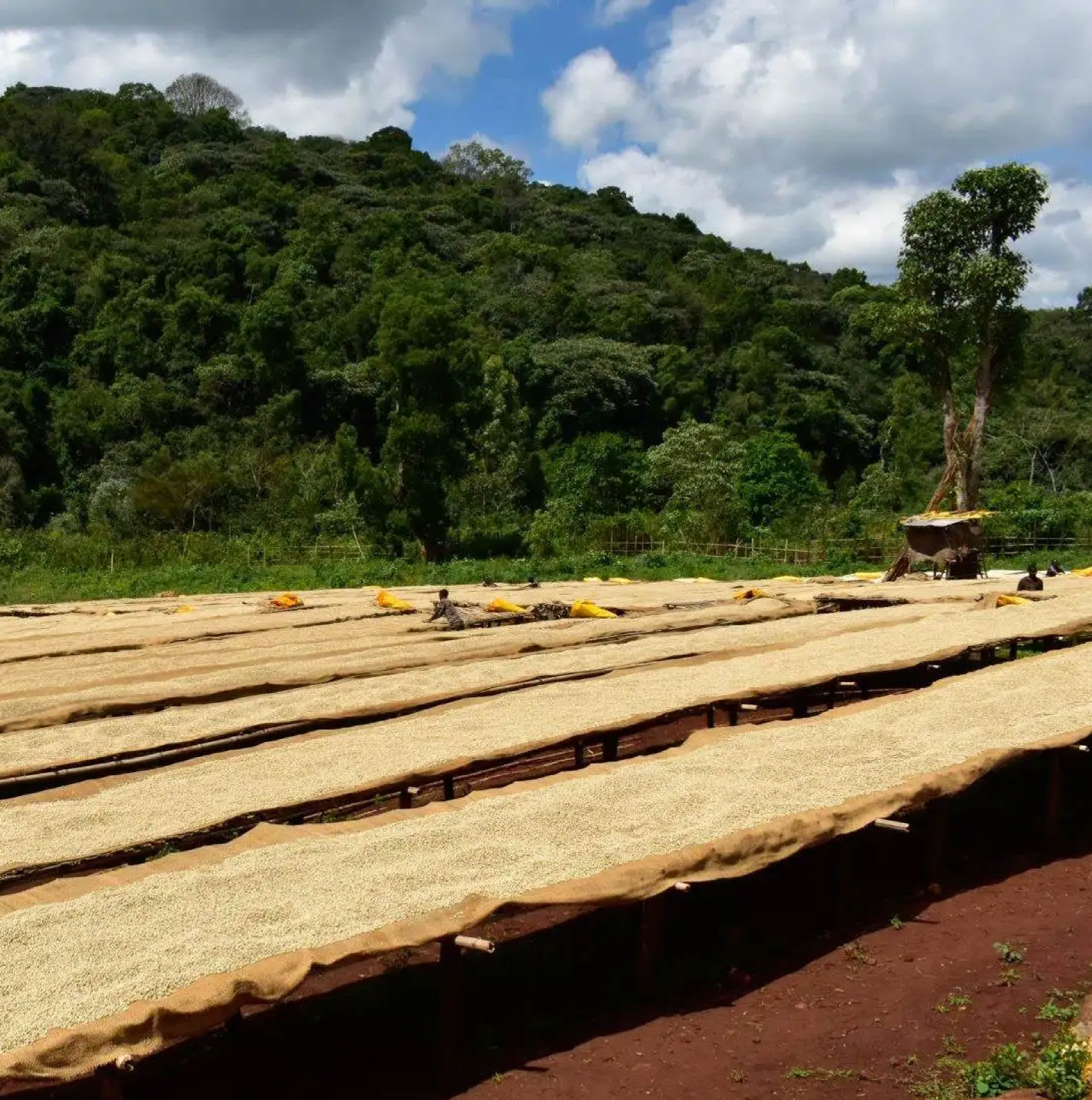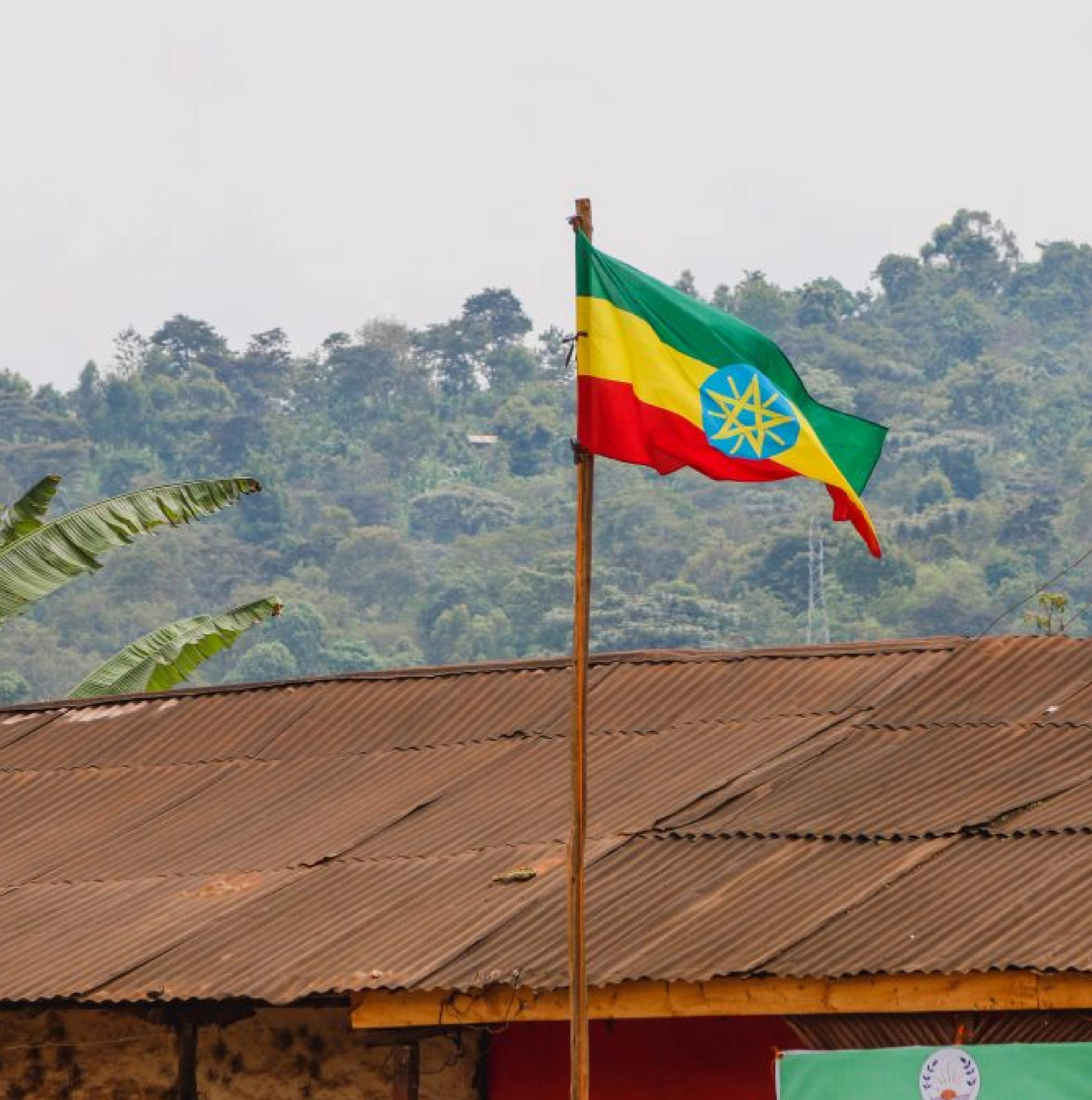




Ethiopia Banko Taratu Washed - Filter Roast
TASTING NOTES
Lime
Blackberry
Melon
Black Tea
ABOUT THIS COFFEE:
A lovely clean, washed coffee from Ethiopia.
Juicy fruit notes upfront like blackberry limeade, with a sweetness reminiscent of a rock melon and a black tea like finish.
Easy drinking deliciousness.
Juicy fruit notes upfront like blackberry limeade, with a sweetness reminiscent of a rock melon and a black tea like finish.
Easy drinking deliciousness.
